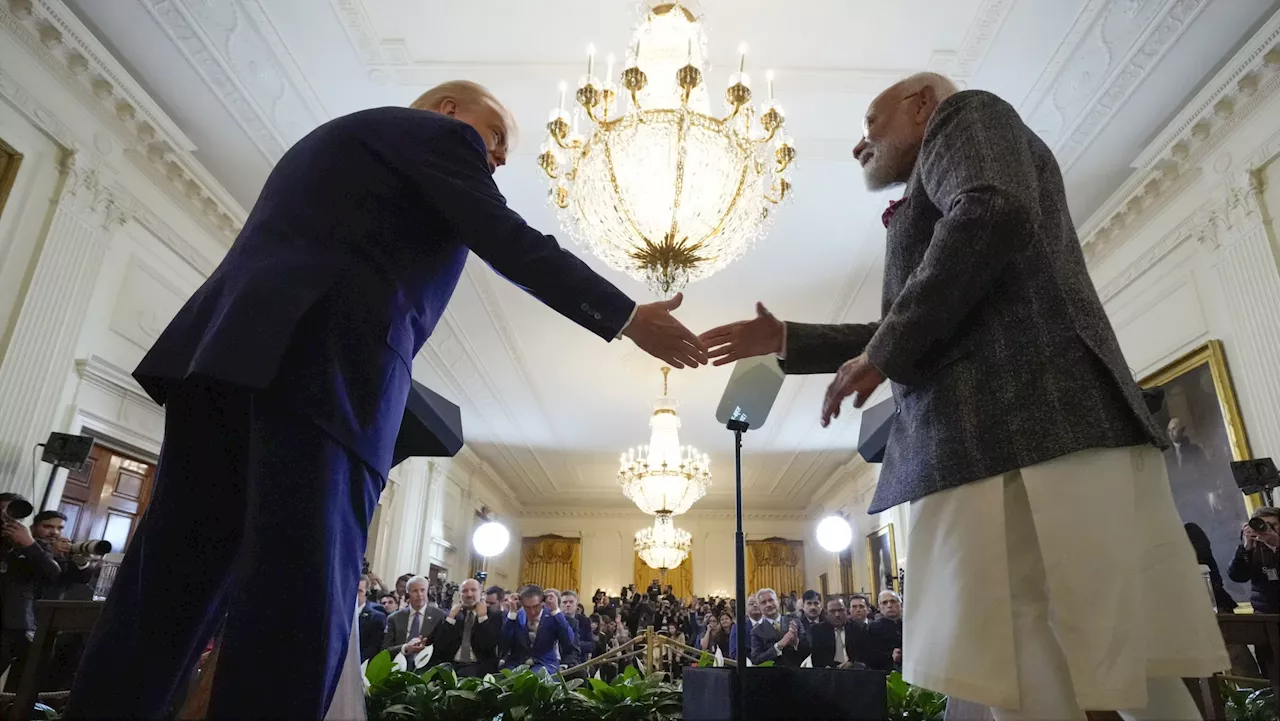US President Donald Trump and Indian Prime Minister Narendra Modi met to announce plans to double bilateral trade to $500 billion by 2030. While celebrating the strengthened relationship, Trump expressed dissatisfaction with India's prior trade concessions and vowed to implement reciprocal tariffs on goods from countries imposing duties on American imports. Trade and immigration were key topics of discussion, with Modi reaffirming India's commitment to addressing illegal immigration and prioritizing US technology in defense procurement.
Trump and Modi emerged from a bilateral meeting, their first of Trump ’s second administration, to announce that the United States and India will be doubling their bilateral trade to $500 billion by 2030, with the U.S., in the words of the president, becoming India’s “leading supplier of
Trump already imposed new 10% levies on China and 25% tariffs on steel and aluminum imports. Trump singled India out by name in his latest salvo, saying the country puts far too many duties on U.S. goods. Modi knows what he was “getting into” with Trump, according to Center for Strategic and International Studies India and Emerging Asia Economics Chairman Richard Rossow.
For Rossow, India “needs to keep the lines of trade open” in order “to avoid a trade war,” but for U.S. companies similarly hoping for export and investment opportunities, “India is only going to rise in prominence” as it is poised to become the world’s third-largest economy. Besides trade, the other “friction” or “pain” point in the U.S.-India relationship, per Asia Group managing principal Basant Sanghera, is legal and illegal, particularly after Trump repatriating 100 illegal Indian immigrants from the U.S. last week in shackles created “domestic challenges” for Modi.
TRADE INDIA US TRUMP MODI TARIFFS IMMIGRATION DEFENSE
United States Latest News, United States Headlines
Similar News:You can also read news stories similar to this one that we have collected from other news sources.
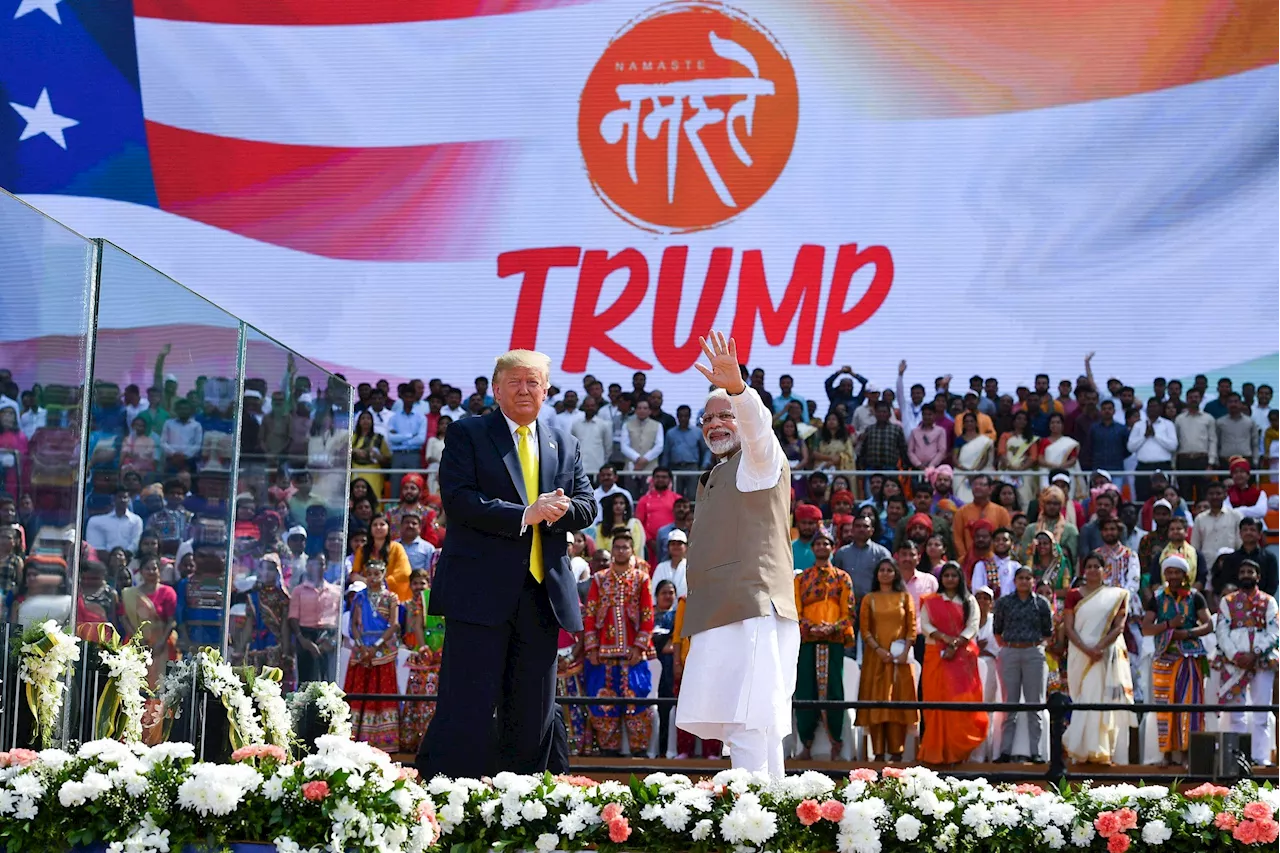 Trump and Modi to Meet as India Seeks to Avert Trade WarPresident Donald Trump will welcome Indian Prime Minister Narendra Modi to the White House, with trade and tariffs expected to dominate their discussions. Modi's visit aims to strengthen the U.S.-India strategic partnership, but India faces pressure to reduce its high tariffs. Modi is also expected to meet with Elon Musk, potentially discussing Starlink's entry into the South Asian market.
Trump and Modi to Meet as India Seeks to Avert Trade WarPresident Donald Trump will welcome Indian Prime Minister Narendra Modi to the White House, with trade and tariffs expected to dominate their discussions. Modi's visit aims to strengthen the U.S.-India strategic partnership, but India faces pressure to reduce its high tariffs. Modi is also expected to meet with Elon Musk, potentially discussing Starlink's entry into the South Asian market.
Read more »
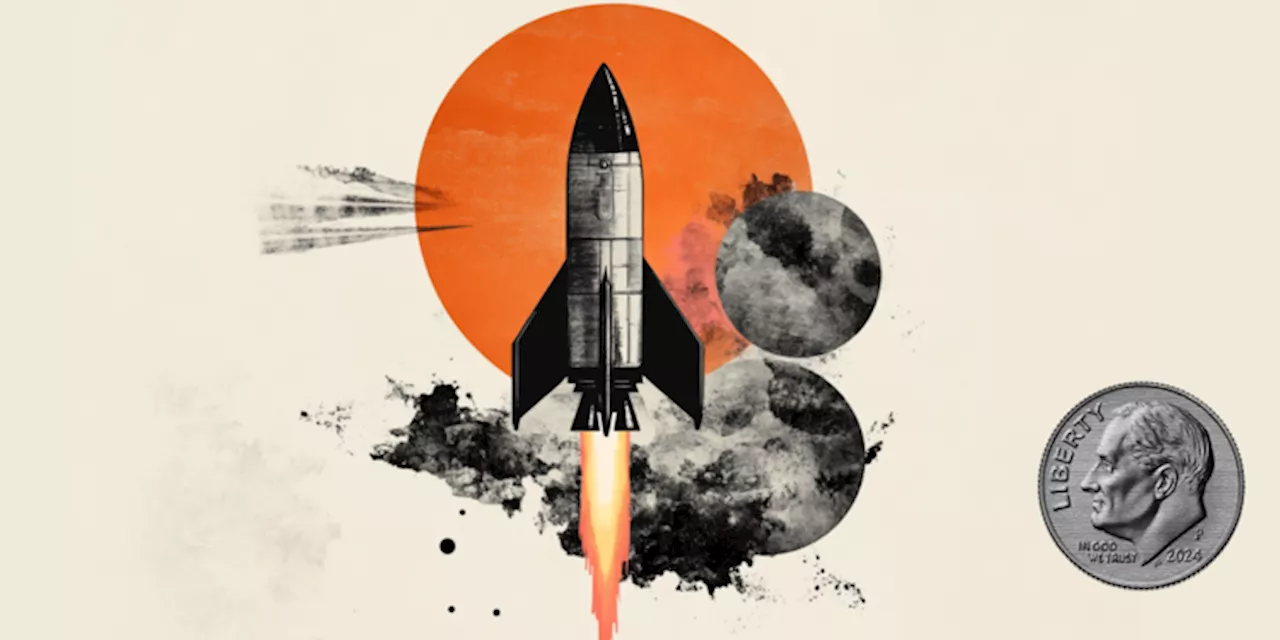 USD/INR Firms Near 86.70 as Trump and Modi Aim to Cut US India Trade GapThe USD/INR pair trades higher near 86.70 in Friday's Asian session, supported by renewed US Dollar demand and expectations of reduced US-India trade deficit. Investors await key economic data releases later in the day. Market participants are watching closely for developments surrounding trade policies between the US and India, as any escalation in trade tensions could benefit the safe-haven US Dollar.
USD/INR Firms Near 86.70 as Trump and Modi Aim to Cut US India Trade GapThe USD/INR pair trades higher near 86.70 in Friday's Asian session, supported by renewed US Dollar demand and expectations of reduced US-India trade deficit. Investors await key economic data releases later in the day. Market participants are watching closely for developments surrounding trade policies between the US and India, as any escalation in trade tensions could benefit the safe-haven US Dollar.
Read more »
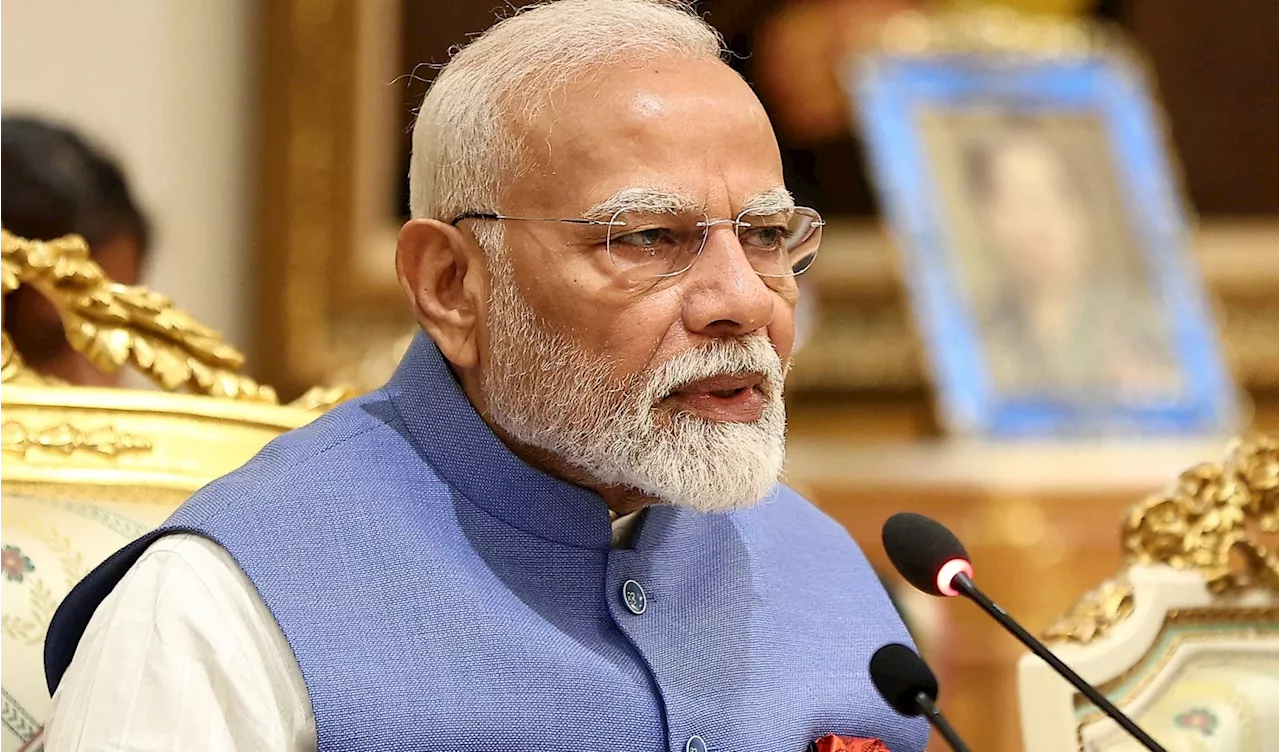 Modi to Meet with Trump, Discuss Trade, Military Ties, and TechIndian Prime Minister Narendra Modi will meet with President Donald Trump at the White House to discuss a range of issues, including a growing trade deficit, potential military partnerships in the Indian Ocean, and US technology exports.
Modi to Meet with Trump, Discuss Trade, Military Ties, and TechIndian Prime Minister Narendra Modi will meet with President Donald Trump at the White House to discuss a range of issues, including a growing trade deficit, potential military partnerships in the Indian Ocean, and US technology exports.
Read more »
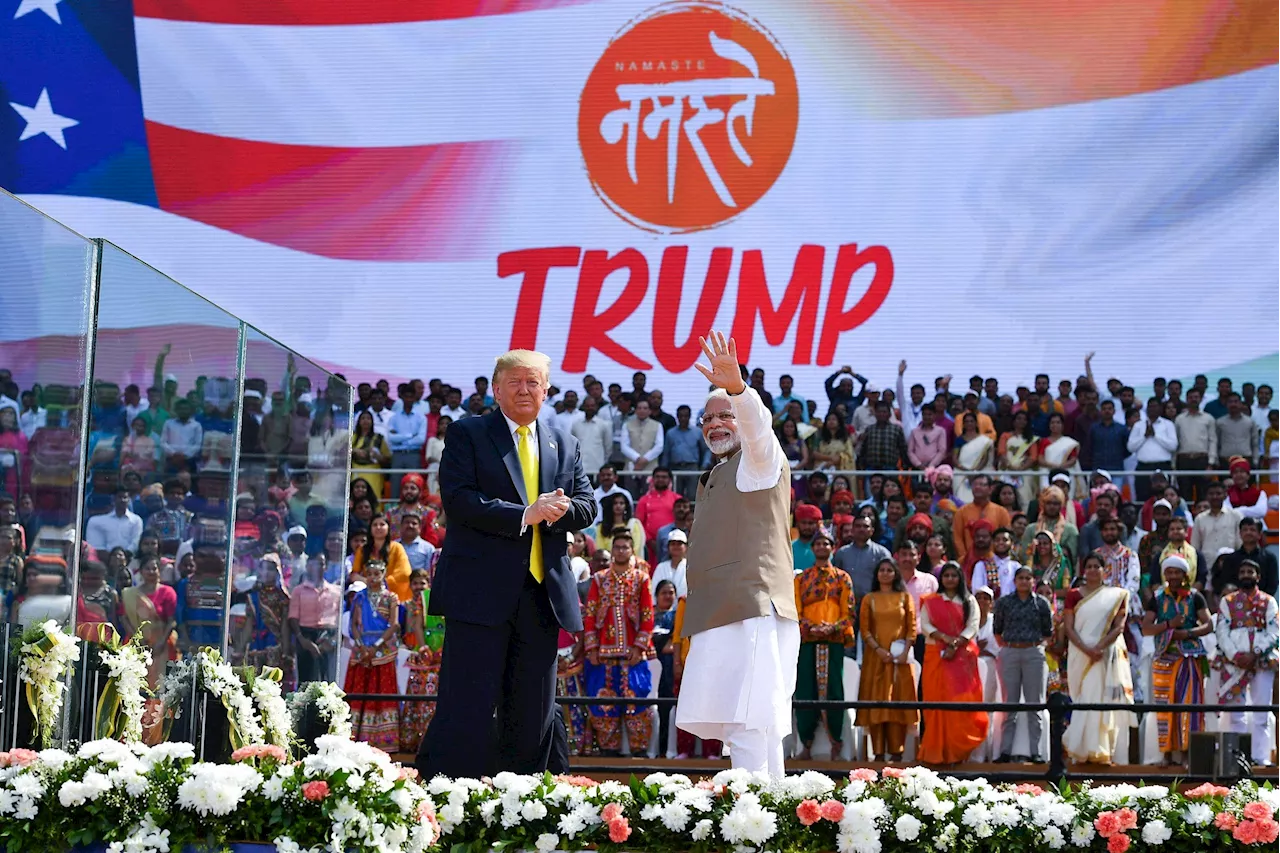 Trump & Modi Meet Amid Trade Tensions and Hopes for Stronger TiesPresident Trump welcomes Indian Prime Minister Modi to the White House, focusing on trade and defense. While India remains a major trading partner, high tariffs and potential reciprocal actions threaten a trade war. Both leaders aim to strengthen bilateral ties, exploring energy deals and defense cooperation.
Trump & Modi Meet Amid Trade Tensions and Hopes for Stronger TiesPresident Trump welcomes Indian Prime Minister Modi to the White House, focusing on trade and defense. While India remains a major trading partner, high tariffs and potential reciprocal actions threaten a trade war. Both leaders aim to strengthen bilateral ties, exploring energy deals and defense cooperation.
Read more »
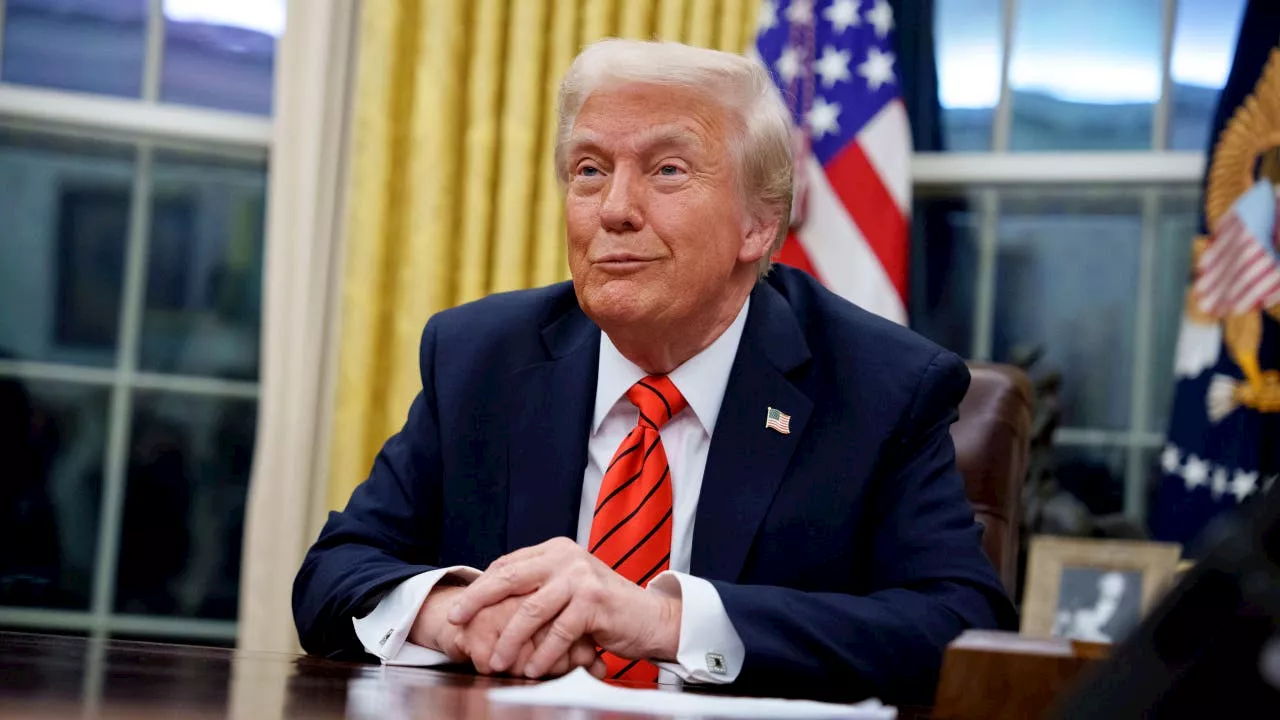 Trump to Host Modi Amid Trade Tensions and Cabinet ConfirmationsPresident Trump welcomes Indian Prime Minister Modi to the White House, with trade tariffs and Robert F. Kennedy Jr.'s nomination for health secretary on the agenda.
Trump to Host Modi Amid Trade Tensions and Cabinet ConfirmationsPresident Trump welcomes Indian Prime Minister Modi to the White House, with trade tariffs and Robert F. Kennedy Jr.'s nomination for health secretary on the agenda.
Read more »
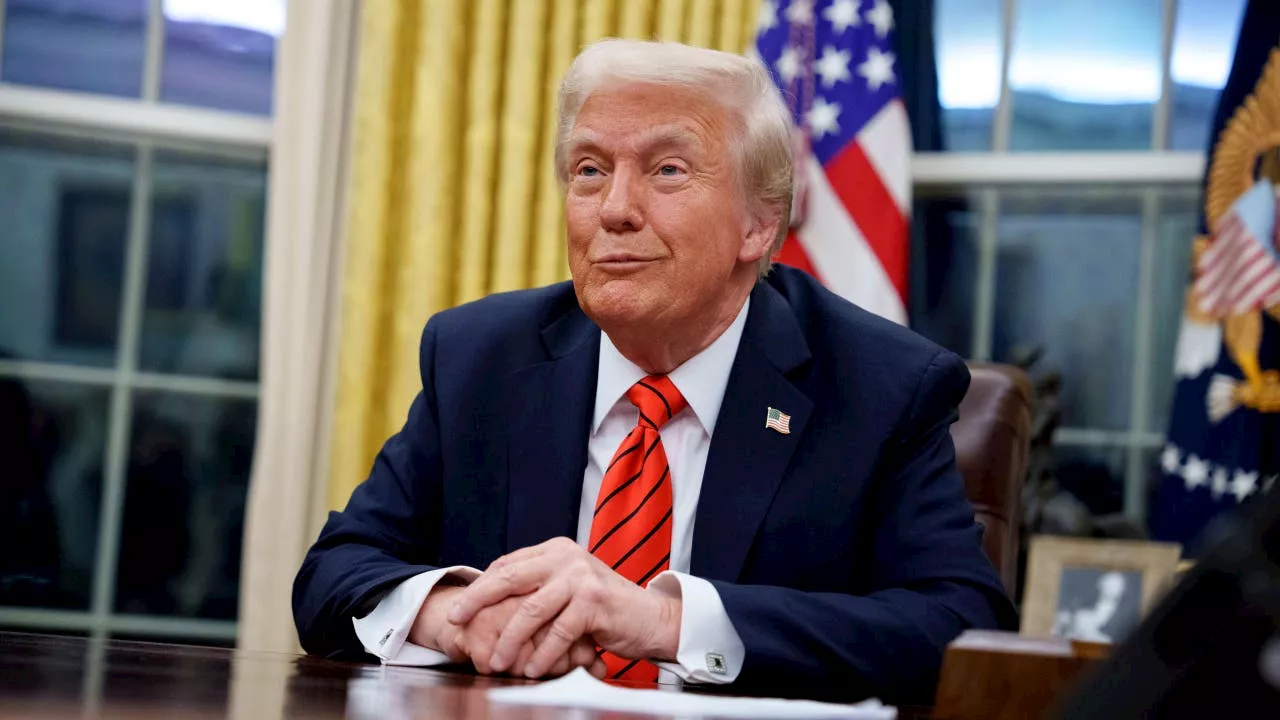 Trump Hosts Modi Amid Trade Tensions and Cabinet Confirmation HearingsPresident Trump welcomes Indian Prime Minister Modi to the White House amidst ongoing trade disputes and key cabinet confirmation hearings.
Trump Hosts Modi Amid Trade Tensions and Cabinet Confirmation HearingsPresident Trump welcomes Indian Prime Minister Modi to the White House amidst ongoing trade disputes and key cabinet confirmation hearings.
Read more »
